09. July, 2025delish0
As an efficient and precise processing equipment, the slitting machine plays a key role in many industries, and its core function is to slit wide materials into narrow materials of specific widths, while ensuring flat edges and stable tension. The following are typical application cases of slitter in different industries, showing their diverse technical adaptability and economic value:
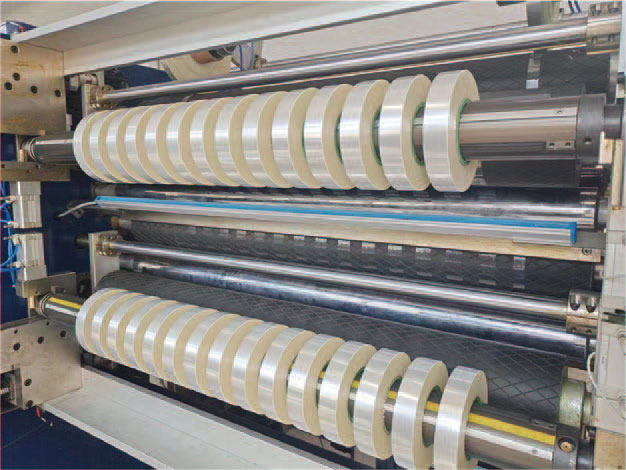
1. Food packaging industry
• Application Scenarios:
The slitting machine is used to process composite films (such as aluminum-plastic film, PET/PE), aluminized film, plastic wrap and other packaging materials. For example, a wide roll can be cut into small rolls that fit in potato chip bags, instant noodle packs, or candy twist films.
• Technical Highlights:
◦ Adopt clean room compatible design to avoid pollution.
◦ High-precision photoelectric guiding system (accuracy ± 0.1mm) to ensure that there is no burr on the edge of the material after slitting.
◦ Case: An international food company increased production efficiency by 30% and reduced material loss to less than 2% with a slitting machine.
2. Electronic film industry
• Application Scenarios:
Slitting lithium battery separator (PE/PP microporous film), OLED display optical film (such as polarizer, brightness enhancement film), conductive tape, etc.
• Technical Highlights:
◦ Cleanroom-level slitting, equipped with static elimination device to avoid dust adsorption by the film.
◦ Tension control system (±0.5 N) prevents wrinkling of very thin materials (6 μm or less).
◦ Case: A lithium battery separator manufacturer increased the yield rate of the separator from 85% to 98% through a slitting machine.
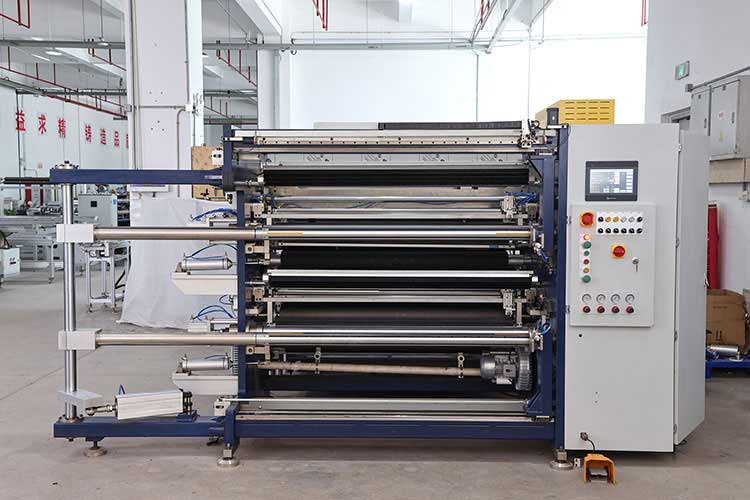
3. Medical & Sanitary Materials
• Application Scenarios:
Slitting medical non-woven fabric (raw material for surgical gown), breathable film (diaper surface), spunlace cloth (wet wipes substrate).
• Technical difficulties:
◦ The material is soft and easy to deform, and it is necessary to use air-floating winding technology to reduce indentation.
◦ Case: A hygiene products company uses a slitting machine to achieve high-speed slitting of 300 meters per minute to meet the surging demand during the epidemic.
4. New energy and composite materials
• Application Scenarios:
◦ The width tolerance of photovoltaic backsheet (PET/fluorine film composite material) slitting should be controlled within ±0.2mm.
◦ Carbon fiber prepreg slitting, laser cutting is required to avoid fiber drawing.
• Innovative solutions:
Some manufacturers have introduced AI visual inspection to adjust slitting parameters in real time to reduce waste.
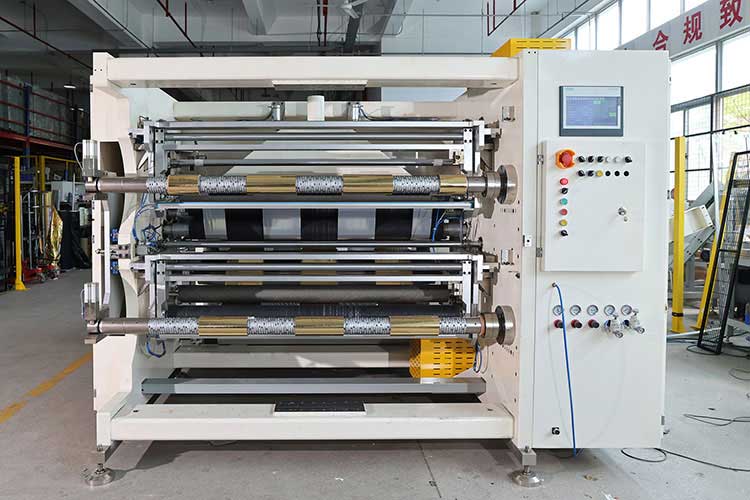
5. Label & Printing Industry
• Special Needs:
When slitting self-adhesive labels, the integrity of the release paper needs to be maintained; Laser anti-counterfeiting film slitting requires to avoid pattern misalignment.
•Solution:
Using round knife slitting + servo control system, the positioning accuracy is ±0.05mm.
Industry trends and technology upgrades
• Intelligent: Internet of Things (IoT) slitters predict tool life and automatically optimize slitting speed.
• Green: Online recycling system for slitting waste to help circular economy.
• Multi-functional: Composite slitting-rewinding machine reduces process switching time.
The cross-industry application of the slitter reflects its core value as an "industrial tailor" - helping customers reduce costs and increase efficiency through high-precision machining. With the emergence of new materials (such as degradable films and flexible screen substrates), slitting technology will continue to iterate and penetrate into more subdivisions.



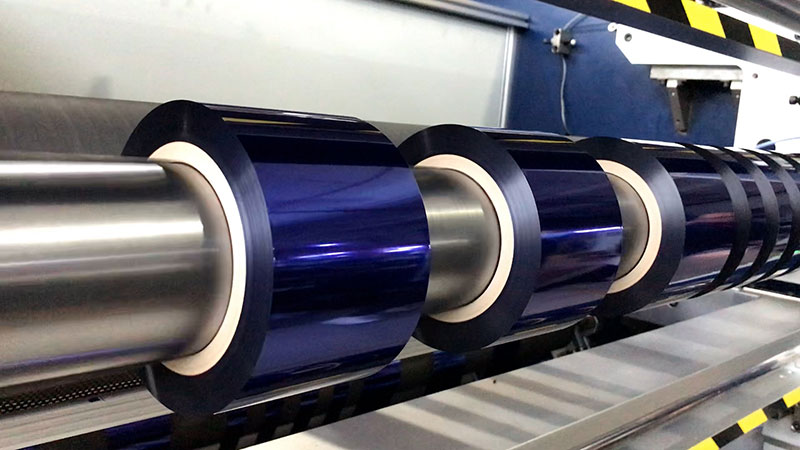
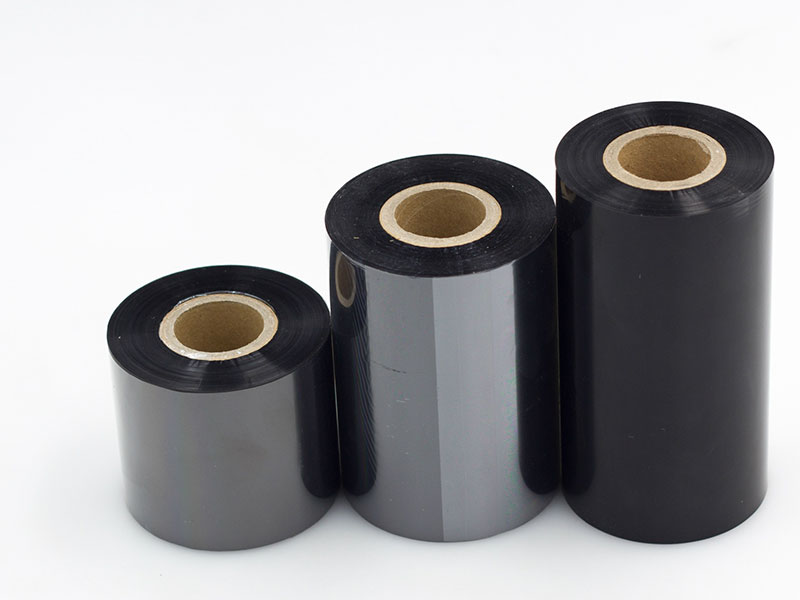
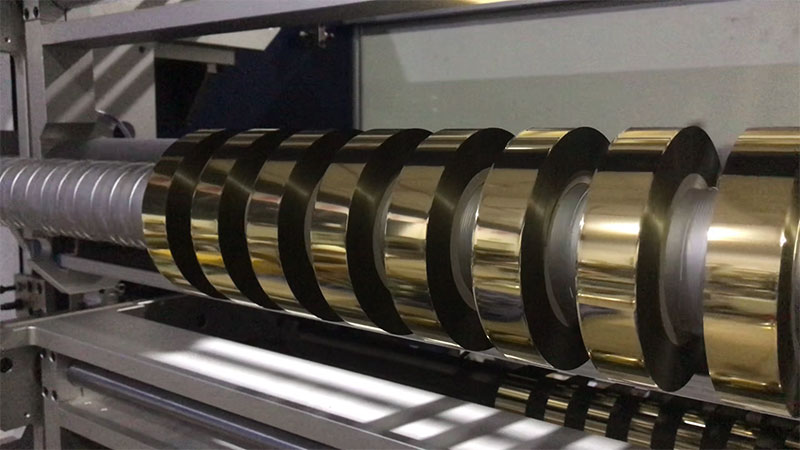
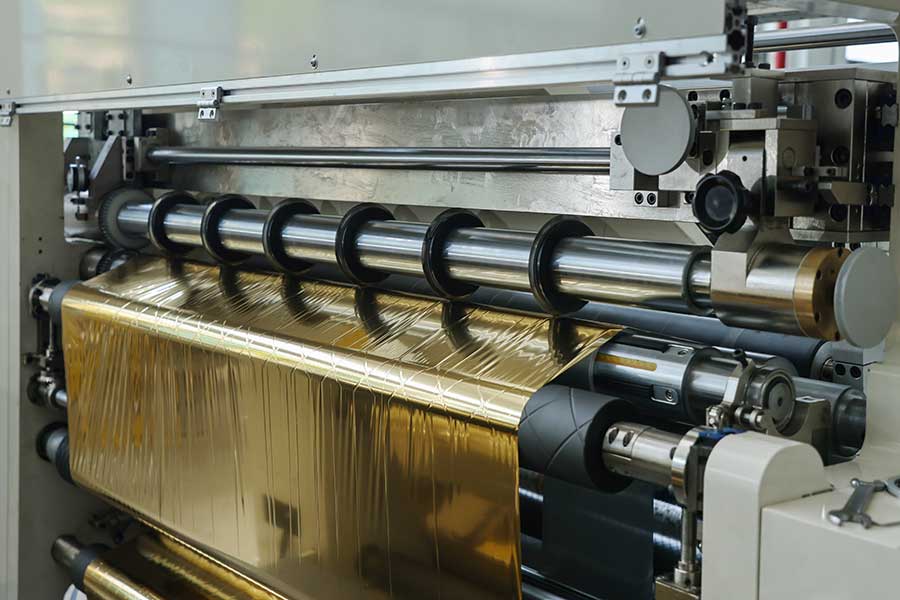
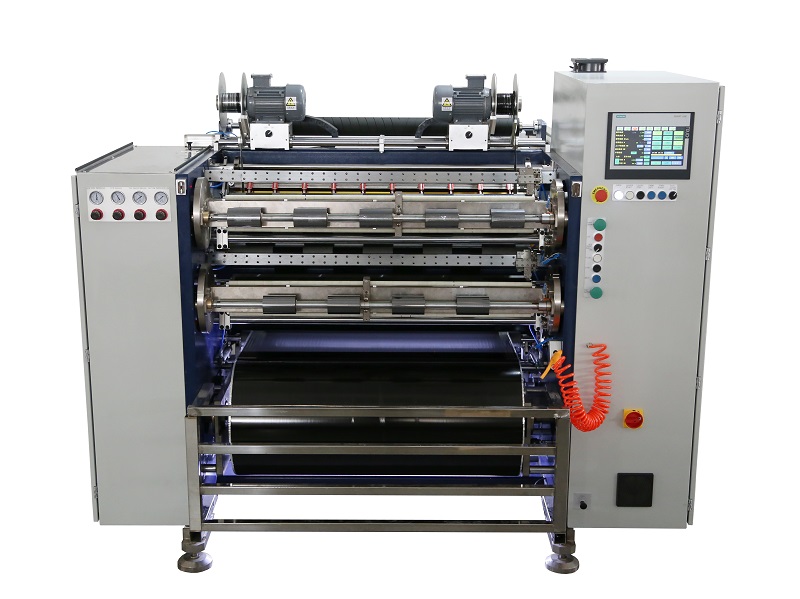 Fully Automatic TTR Slitter RSDS8 Plus
Fully Automatic TTR Slitter RSDS8 Plus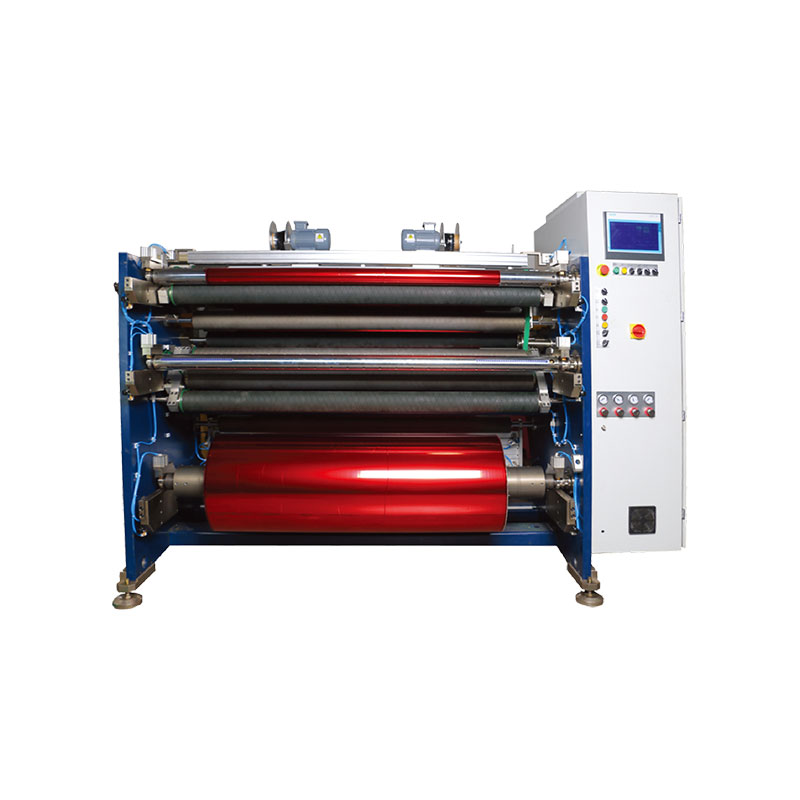 Hot Stamping Foil Slitter 1600mm
Hot Stamping Foil Slitter 1600mm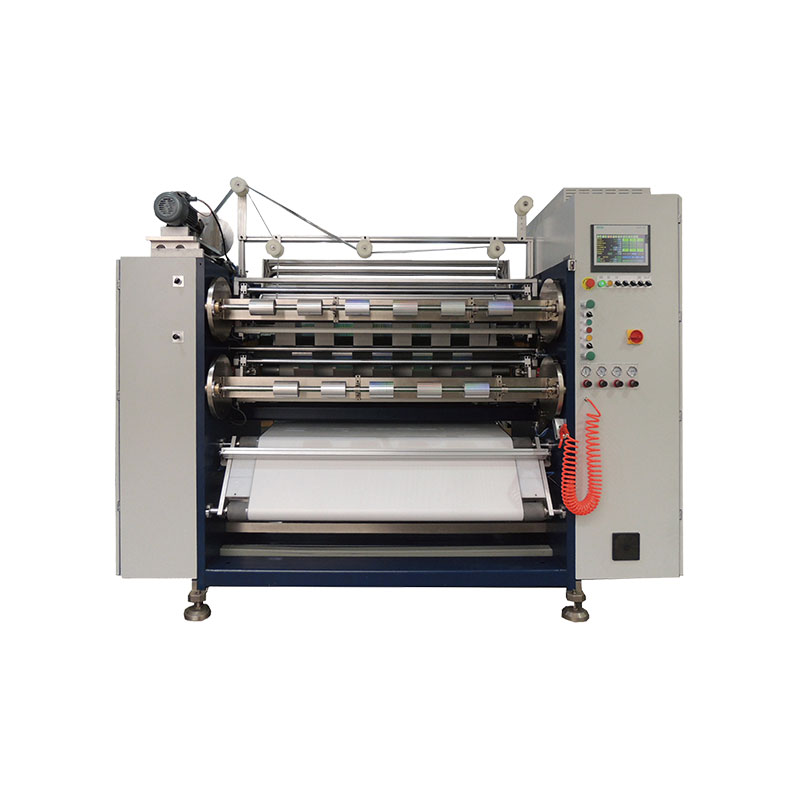 Hot Stamping Foil Slitter (4 Shafts)
Hot Stamping Foil Slitter (4 Shafts)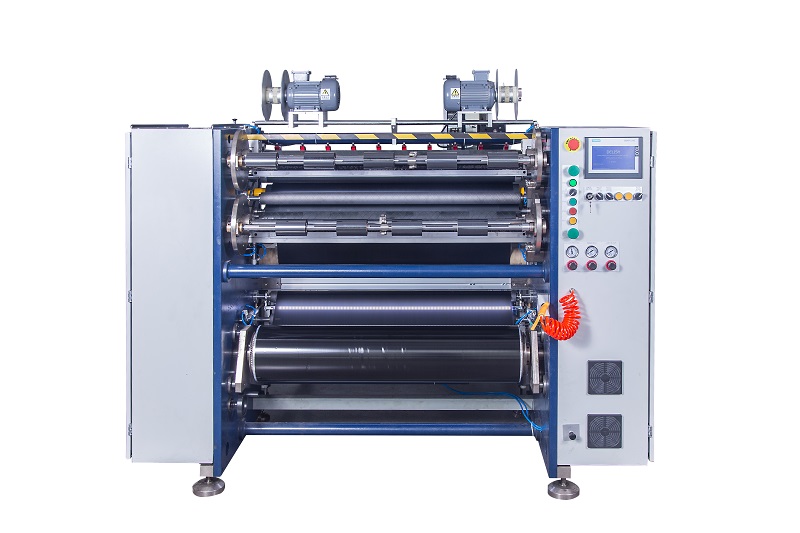 Semi-Auto TTR Slitter RSDS2 Plus
Semi-Auto TTR Slitter RSDS2 Plus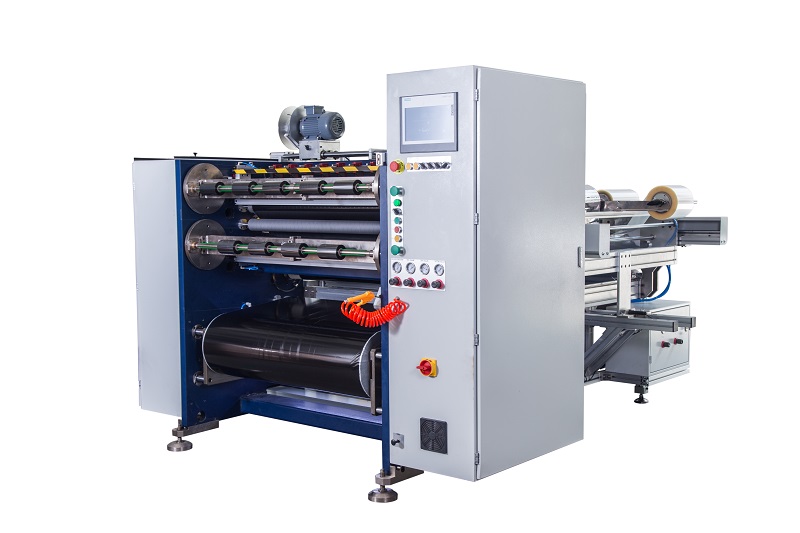 Semi Automatic TTR Slitter RSDS5 Plus
Semi Automatic TTR Slitter RSDS5 Plus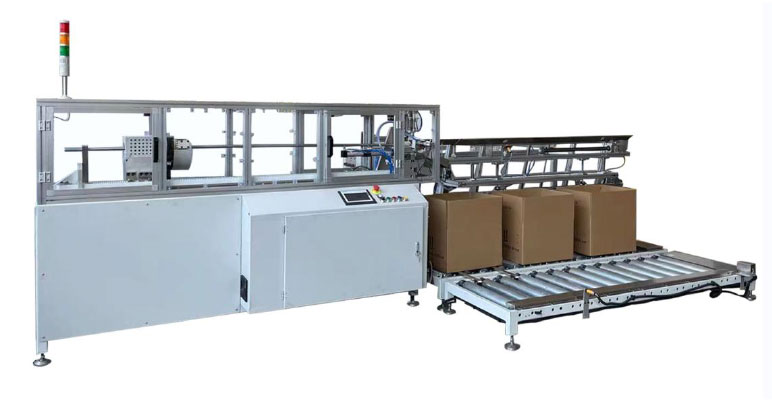 Auto Paper Core Cutter
Auto Paper Core Cutter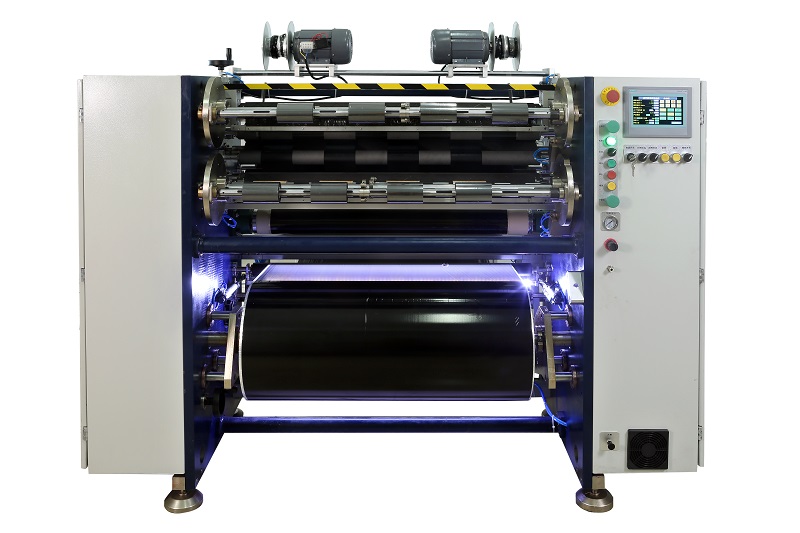 Manual TTR Slitter RSDS2
Manual TTR Slitter RSDS2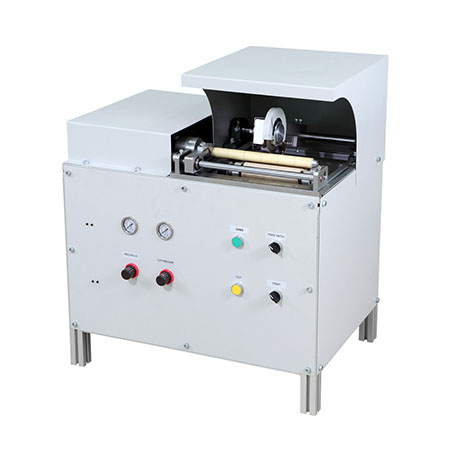 Manual Paper Core Cutter
Manual Paper Core Cutter





